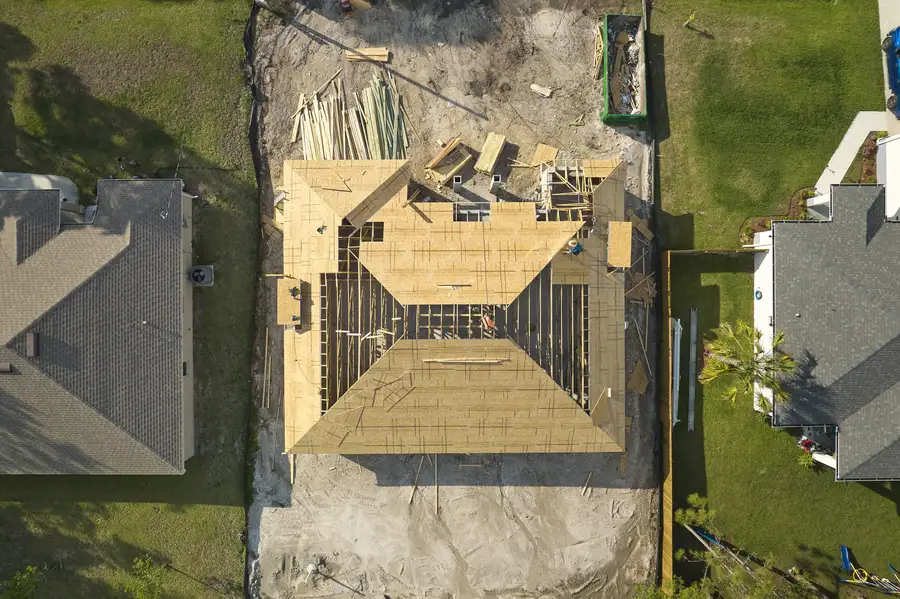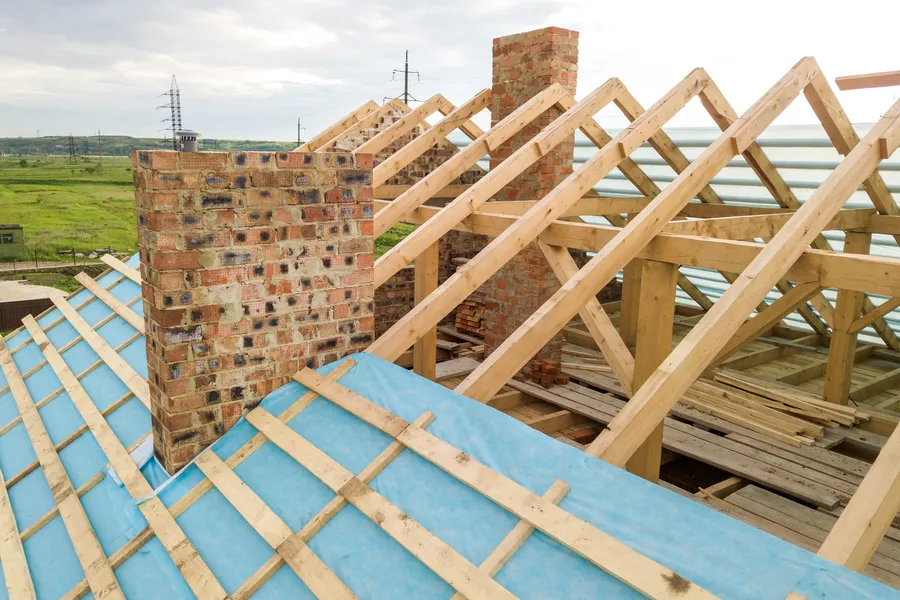Understanding the Effects of Weather on Your New Roof
The weather can significantly affect any construction project, including roof installations. Whether it’s summer heat or winter snow, different weather conditions pose unique challenges to roofing projects. Understanding how these factors impact the installation process is crucial for ensuring a durable and reliable roof. In this article, we will explore how weather influences roofing work and offer practical tips and solutions to help you navigate these challenges effectively.
The Role of Temperature in Roofing Projects
Temperature plays a critical role during roof installation. Extreme cold can make materials brittle, leading to potential cracks and breaks. On the other hand, intense heat may cause shingles to expand and warp. Both scenarios can compromise the integrity of your roof. To mitigate these risks, choose days with moderate temperatures whenever possible. Additionally, working in cooler hours during hot days can prevent premature damage to roofing materials.
The Impact of Humidity Levels
High humidity levels affect roof installation by making adhesives less effective. Moisture in the air can also lead to condensation under shingles, which might cause mold growth over time. One way to combat humidity issues is by using moisture-resistant materials. It’s also beneficial to plan installations during drier spells to minimize exposure to high humidity.
Rain: A Major Challenge for Roofing Work
Roofing during rainy weather can lead to several problems. Wet surfaces are slippery, increasing the risk of accidents for workers. Moreover, rain can interfere with the sealing process needed for certain roofing materials. The ideal approach is to schedule roofing tasks when rain is least likely. Ensure that tarps or temporary coverings are available to protect unfinished areas in case of unexpected showers.
Addressing Wind Concerns During Roofing
Strong winds pose significant threats during roof installation by potentially dislodging loose materials or tools. They can even uplift sections of the new roof if not properly secured. To ensure safety and quality, all materials should be anchored securely. Postpone the work if strong winds are forecasted, as it could compromise both worker safety and material placement.
Preparing for Snow and Ice Conditions
Snow and ice present unique challenges for roof installations. Freezing conditions can make roofs slippery and hazardous to work on. Furthermore, ice accumulation can create additional weight on structures, stressing them beyond their limits. Installing heated cables or choosing more robust materials designed for freezing environments can help mitigate these risks.
Best Practices for Weather-Resilient Roofing
Implementing best practices ensures your roofing project withstands various weather conditions:
- Select weather-appropriate materials such as metal or asphalt shingles that offer durability in diverse climates.
- Plan installations around local weather patterns, avoiding extreme temperatures or storms.
- Regularly inspect roofs post-installation to check for signs of weather-related damage.
- Consult professional roofing services familiar with local climate challenges.
Long-Term Maintenance Considerations
A well-installed roof requires regular maintenance to address wear and tear from weather exposure. Maintain a routine inspection schedule after major weather events like storms or heavy snowfall. This proactive approach helps identify minor issues before they escalate into more costly repairs, ensuring your roof remains sturdy and functional for years.
Contact Us Today for Reliable Roofing Solutions
If you’re planning a roofing project, understanding how weather impacts the process is essential for success. Our team at JC & CA Construction offers expert advice and quality service tailored to local conditions. Call us at (315) 216-5898 to discuss how we can assist with your next project. Based in Flushing, NY, we provide top-notch solutions that stand up against the elements.

